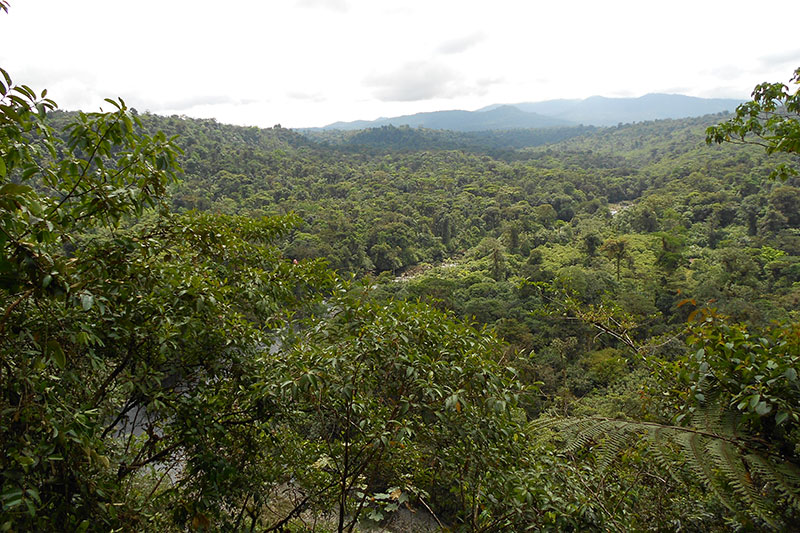LIB study shows: Species diversity of Ecuador’s tarantulas greater than expected
 The study presents the description of 38 new species of tarantulas of the genus Linothele, amongst them Linothele cuencana, which measures 2.4 centimeters and shines in a beautiful golden copper color. © LIB, N.Dupérré
The study presents the description of 38 new species of tarantulas of the genus Linothele, amongst them Linothele cuencana, which measures 2.4 centimeters and shines in a beautiful golden copper color. © LIB, N.Dupérré
Several branches have been added to the tree of life with the current LIB study. The study presents the description of 38 new species of tarantulas of the genus Linothele published in the journal Arthropoda. Undeniably the species diversity in the highly threatened Andean region of Ecuador is much greater than expected and more extensive than in the coastal or the Amazonian region. Until now, only half of the species of Linothele were known. Twenty-one species of the newly described species are endemic to Ecuador and occur nowhere else on the planet.
Ecuador is one of the 17 countries on our planet with very high biodiversity. A considerable part of the flora and fauna is endemic, even among the arthropods. However, little is known about them – including spiders, particularly in an area of Ecuador whose nature is severely threatened. Some regions, such as the Andes, have lost 70 percent of their original natural vegetation. Recently, according to the study, the spider fauna of South America was estimated at 8302 species, with 99 percent of tarantula species found nowhere else on Earth. In South America, the tarantula family (Theraphosidae) is by far the most diverse, with 395 recorded species.
Over the past 20 years, the research group led by the study’s first author, Nadine Dupérré, collection manager at the Hamburg Museum of Nature of the Leibniz Institute for Biodiversity Change Analysis (LIB), and Dr. Danilo Harms, LIB section leader arachnids and millipedes, has conducted several expeditions in Ecuador. With her team of international scientists – Nadine Dupérré is studying different habitats: the coastal region, the Andes and the Amazon: “The aim is to discover and describe the unknown biodiversity of Ecuador’s spiders before it is lost. With our research, we are closing gaps in the evolutionary history of life and expanding our knowledge of biodiversity. In doing so, we are creating a foundation for future conservation efforts.”
Since 2015, the research team has focused on a group of tarantulas from the family Dipluridae, genus Linothele. These rather large arachnids, some measuring over three centimeters, build conspicuous webs to catch their prey. Their coloration is striking and sometimes golden to copper in color.
To identify and distinguish the species, the research group undertook a detailed comparative morphology of the female and male genitalia for the study using pictures and illustrations as well as a scanning electron microscope. In addition to photographs of the living animals, the team also used natural history observations of habitat preferences and distribution patterns.
In the next step, the researchers want to close further knowledge gaps by collecting spider specimens in remote regions to which they previously had no access. In this way, they can determine whether the species group is even more diverse than previously thought. Another goal is to precisely determine the distribution pattern of the different species. They also want to use DNA sequences to study the evolution of the group in detail and show the evolutionary relationships between the different species in the group.
Original publikation
Arthropoda:
https://doi.org/10.3390/arthropoda1030010



